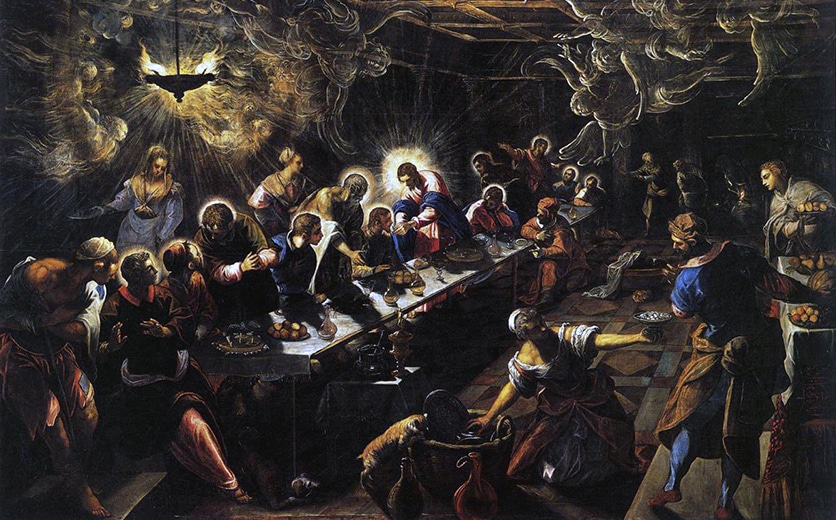Ray´muh; Heb., “height”
A name given alone and in combination with other words to several places in Palestine. 1 Ramah of Benjamin, which is identified with modern er-Ram, about five miles north of Jerusalem. Deborah judged between Ramah and Bethel (Judg 4:5). Baasha, king of Israel (ca. 902–886 BCE), fortified Ramah, but then tore it down (1Kgs 15:17-22). The Assyrians advanced toward Jerusalem through Ramah (Isa 10:29). Ramah is mentioned in Hosea’s cry against Israel (Hos 5:8), and Jeremiah was set free there (Jer 40:1). Ramah is among those towns listed with inhabitants following the exile (Ezra 2:26; Neh 7:30). Rachel was associated with this town (Jer 31:15; Matt 2:18). 2 Ramah of Ephraim, Samuel’s hometown; he returned there periodically and was buried there (1Sam 7:17; 1Sam 25:1). David was pursued by Saul to Ramah of Ephraim (1Sam 19:18-24). This may be the Arimathea of the NT (Matt 27:57; John 19:38), and it may be identified with modern Rentis, about eighteen miles east of Joppa. 3 A border town in Asher (Josh 19:29), usually associated with modern Ramieh near the south border of Lebanon. 4 A fortified town in Naphtali (Josh 19:36), probably located at modern er-Ramah, in the Valley of Beth-kerem about twenty miles east of Acco. 5 Ramah of the Negeb or Ramath-negeb (Josh 19:8) in the lands of the tribe of Simeon. Here David sent some of his spoil from the Philistines (1Sam 30:27).




